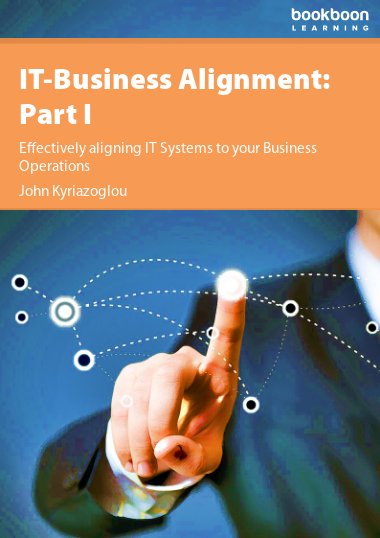MY CONSULTING experience has proved to me and to numerous clients and companies I have advised that strategies and plans, alone, are not enough in most cases in the present ever-changing and crisis-ridden environment for best business results.
Even the best designed strategies fail, as, for a variety of reasons they are not well communicated, aligned (e.g., business strategy has different focus than IT strategy, etc.) and supported at all levels of the business organizations.
I have also found that IT systems, in many business organizations (both private and public) are not well (or at all) aligned and linked to the business objectives of their company. They must (or should) exist to serve and support the specific business needs of your company, as noted in your informal or formal business strategy.
Unfortunately, they do not. Upon further analysis this is due to several reasons.
First, boards and senior executives, in quite many cases, are not IT technology-conscious or fully aware of what systems they have or what exactly these systems do.
Second, companies and public organizations are faced with demands, such as: increased societal and citizen participation, increased commitment to customer services, minimization of fraud and corruption, new compliance requirements, etc.
Both of these drive the management of companies to establish, more and more, better and more effective business controls to run their companies. These business controls relate to all areas of your company: corporate governance, risk, administration, enterprise architecture, strategy, finance, IT, sales, production, etc.
In other books and articles I have written before (see my blog: http://businessmanagementcontrols.blogspot.com/). I deal with the greater topics of both business controls (in a general sense for companies) and for the IT function (in particular). This book expands on the particular issue of IT alignment with your business strategy.
It deals, more specifically, with the issues of linking and aligning your IT application systems and services with your business goals to achieve your business objectives in a more effective and efficient way by the use of the Enterprise Architecture (EA) approach.
The EA approach bridges IT (systems and services) and links them to your business processes better. It also enables both of these to function as a coherent and integrated whole system to serve your business needs and expectations from deploying and operating your IT systems.

